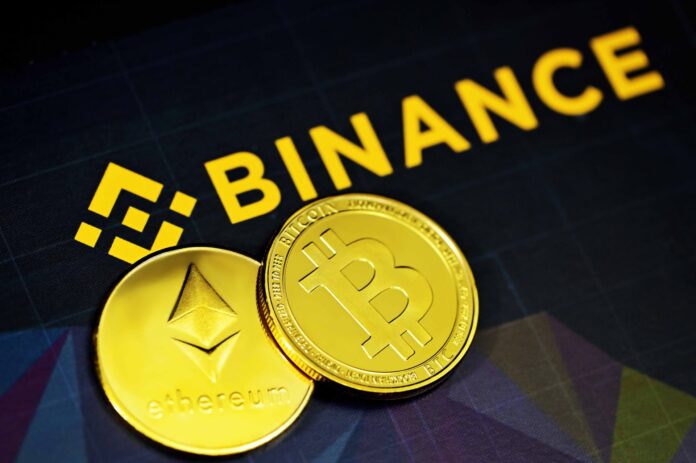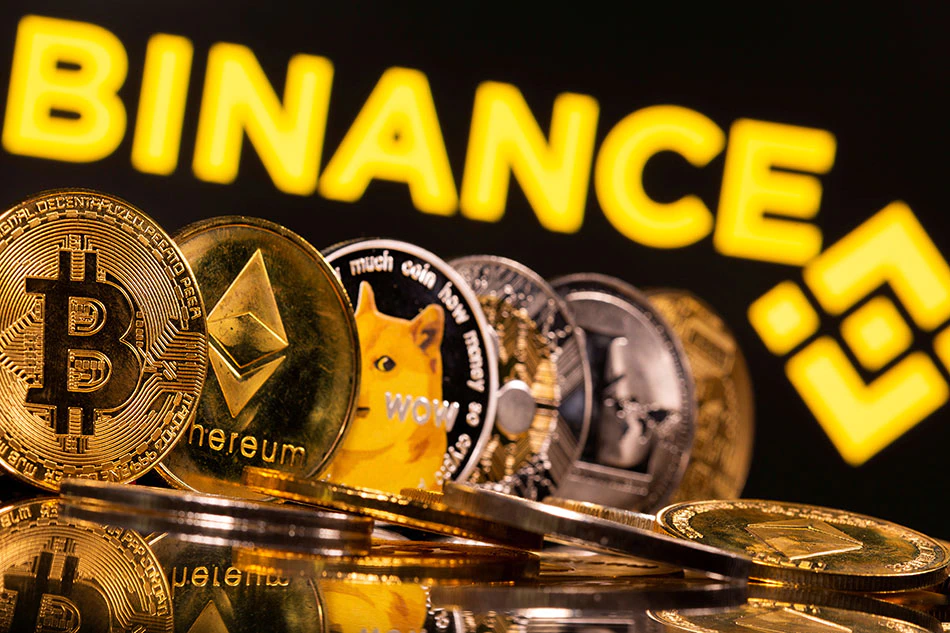
As cryptocurrencies continue to grow in interest and adoption, so also does the demand for trusted, convenient, and secure crypto exchanges, where people can trade these digital assets safely and hassle-freely. Security remains one of the most important factors to consider when choosing a crypto exchange to trade, as it offers protection from fraud when both user and platform take the necessary precautions.

Hence, leading exchanges such as Binance have continued to implement a robust security framework, like stringent identity verification and authentication measures, to ensure that its users can enjoy strong layers of protection against malicious actors in the ecosystem. However, beyond the measures in place by exchanges to protect their users from cybercrime, crypto holders also have a role to play in keeping their assets safe from jacking schemes and theft. Here are some simple steps to follow to achieve this:
- Always use a secure passcode
Quite a large number of people use the same passwords for various accounts – this poses a security risk. It is better to assume that all your accounts may experience data breaches and take steps to mitigate against them by having different passwords for your accounts. This way, if one account is compromised, the likelihood of the other accounts being affected is slim. Long and complex passwords play into keeping your information secure along with changing your passwords regularly. Although this might seem inconvenient, it is one of the best defense mechanisms against potential threats.
- Enable multi-factor authentication
Multi-factor authentication is a login process where users are only able to access their accounts after successfully presenting two or more pieces of evidence, like a password as well as an SMS to their registered phone numbers for example. By enabling this, users enjoy an extra layer of security to prevent someone from logging in, even if they have the password. The additional security measure requires users to verify their identity using unpredictable digits.
- Be cautious of phishing scams
These sorts of scams are carried out in numerous ways – via SMS, phone calls, or emails – to deceive unsuspecting recipients into divulging passwords and private information. To guard against this, users need to be wary of clicking on irrelevant links from unknown sources or responding to questions that require divulging extremely personal information.
- Understand the potential risks before trading
If it sounds too good to be true, it probably is. For example, Binance has a P2P platform – this is a marketplace where people can trade crypto directly with each other on their own terms, in virtually any country.
On the P2P platform, you should pick your trading partner the same way you would assess any other person or any other company you want to do business with – verify and validate. For instance, while selecting a P2P partner, try verifying the number of transactions the other party has successfully carried out and completed on the platform.
However, Binance has certain safety measures in place to ensure one does not fall victim. Services like the P2P escrow guarantee that both buyers and sellers are protected from such situations. On one hand, the escrow helps buyers open an appeal if the counterparty defaults in releasing the cryptocurrency after payment; while on the other, sellers are also protected by holding the crypto in a temporary deposit within the escrow service until after payment from the counterparty has been verified. The cryptocurrency is returned to the seller if the payment is not verified within a specified timeframe.
- Use only reputable cryptocurrency exchanges and wallets
Safety for one’s investments should be the utmost priority when deciding on a cryptocurrency exchange or wallet. Finding an exchange that provides inexhaustible resources about its security features to understand how user data will be protected is key; by investing only through reputable crypto exchanges and wallets, you enjoy access to top-tier security features such as intermediate verification, multi-factor authentication, SSL/TLS encryption, excellent customer support and so much more.
While blockchain companies such as Binance consistently work to ensure the safety of their users’ funds, some of the responsibility also lies with customers to ensure that they adhere to these security steps to protect their assets. As the ecosystem continues to scale and gain global recognition from positive and negative counterparts alike, taking cautious steps to secure your digital holdings will make all the difference.
